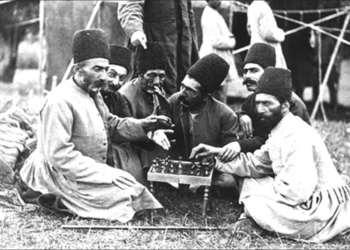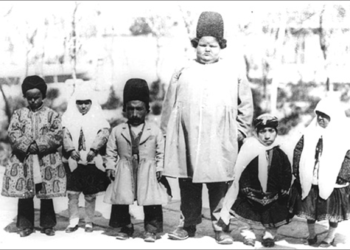Iran’s Cultural Heritage and Tourism Organization (ICHTO) cut off all contact with the Louvre a few weeks ago, charging that the French museum had violated a written agreement pledging to send items for an exhibit in Iran.
Hamid Baqai, the head of ICHTO, cited a 2004 agreement signed between the Louvre and the ICHTO.
But a spokesman for the Louvre told the London-based Circle of Ancient Iranian Studies (CAIS) that the 2004 agreement never contained a pledge by the Louvre to send anything to Iran.
The spokesman said the agreement outlined “a number of possible initiatives, including research and training programs along with exhibitions in Paris and Tehran.”
But the spokesman said the specifics of any projects required “the subsequent signing of separate agreements, and no specific commitments were made to organize and exhibit in Iran.”
The spokesman acknowledged that a subsequent agreement did cover an exhibit in Paris with major artifacts supplied by ICHTO. That exhibit, held in 2007, was “The Song of the World: Art in Safavid Iran, 1501-1736.” Iranians also attended research seminars in Paris and the Louvre screened a documentary on the Masjed-e Shah (Shah Mosque) in Esfahan.
Baqai, however, has insisted the Louvre is contractually committed to send artwork to Iran. “Based on our [2004] agreement, this museum should have sent us some artifacts in order to set up an exhibition here. But for unknown reasons, they have not done so,” Baqai told reporters in Tehran.
The 2004 agreement expires in June and the Louvre says there have been no talks to renew it.
In Tehran, the state news agency said the 2004 agreement, in English, Persian and French, declares in the third article that the Louvre and ICHTO agreed to hold exhibits in Paris and Tehran. But it did not contradict the Louvre’s statement that a subsequent agreement was required to produce an exhibit.
No one has said whether Iran proposed a contract for an actual exhibit that was turned down by the Louvre, or whether there were ever any discussions about an exhibit in Tehran. It would appear that the Louvre made a moral commitment to an exhibit in Tehran, but that the initiative to organize it would be up to the ICHTO.
There was speculation that the Louvre might not trust the ICHTO and fears confiscation of its artifacts. CAIS said some of the artifacts in the Louvre’s possession originally came from Iran and ownership could be disputed. But the way around that would be for the exhibition agreement, signed by Iran, to state that Iran recognizes all the items loaned as properly owned by the Louvre.
After many delays, the British Museum last year sent the Cyrus Cylinder to Tehran for display. That artifact was found in the 19th Century near Babylon in Iraq. So, even though it was linked to Iran’s Cyrus the Great, Iran did not have a way to claim it.


















